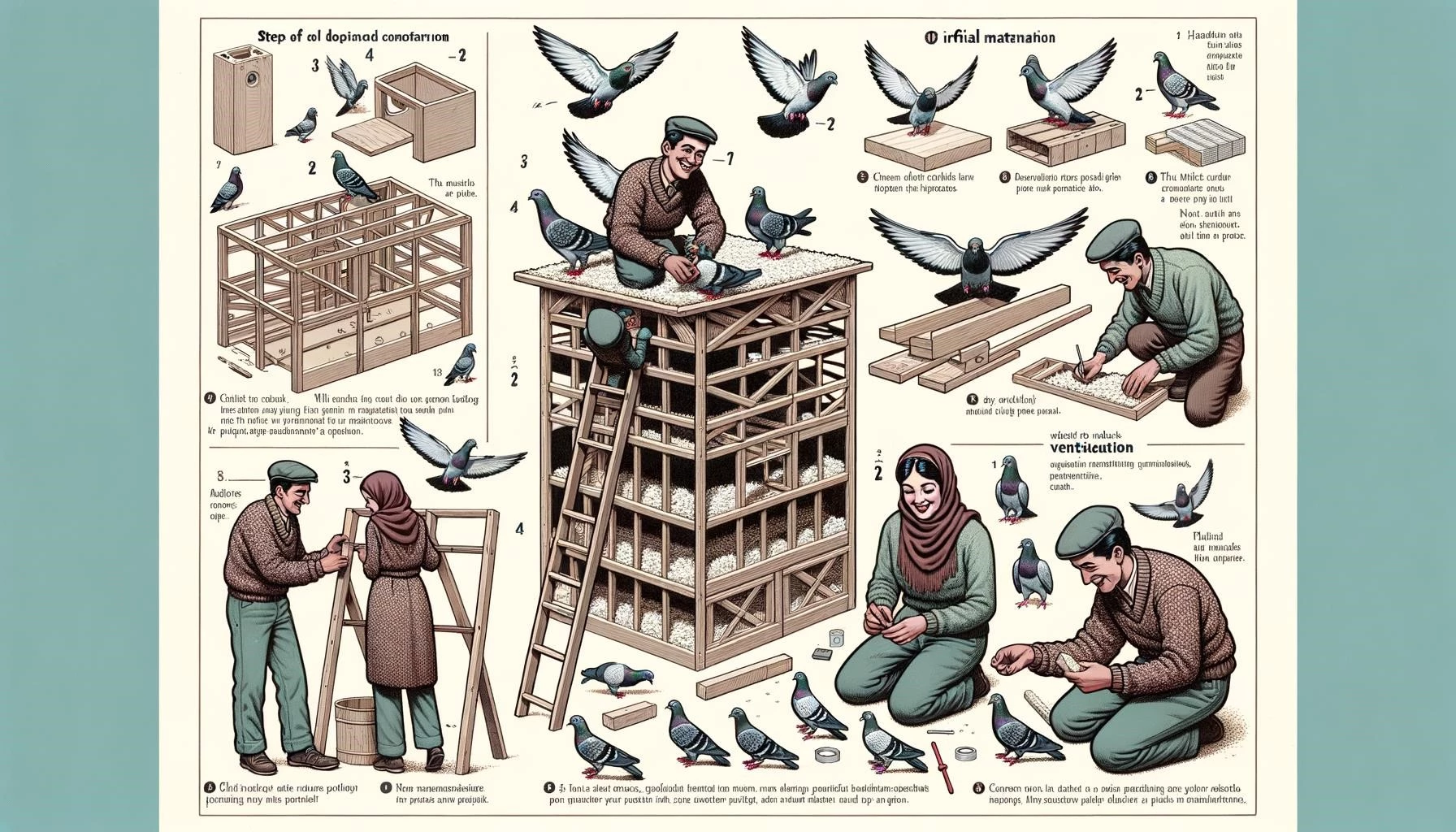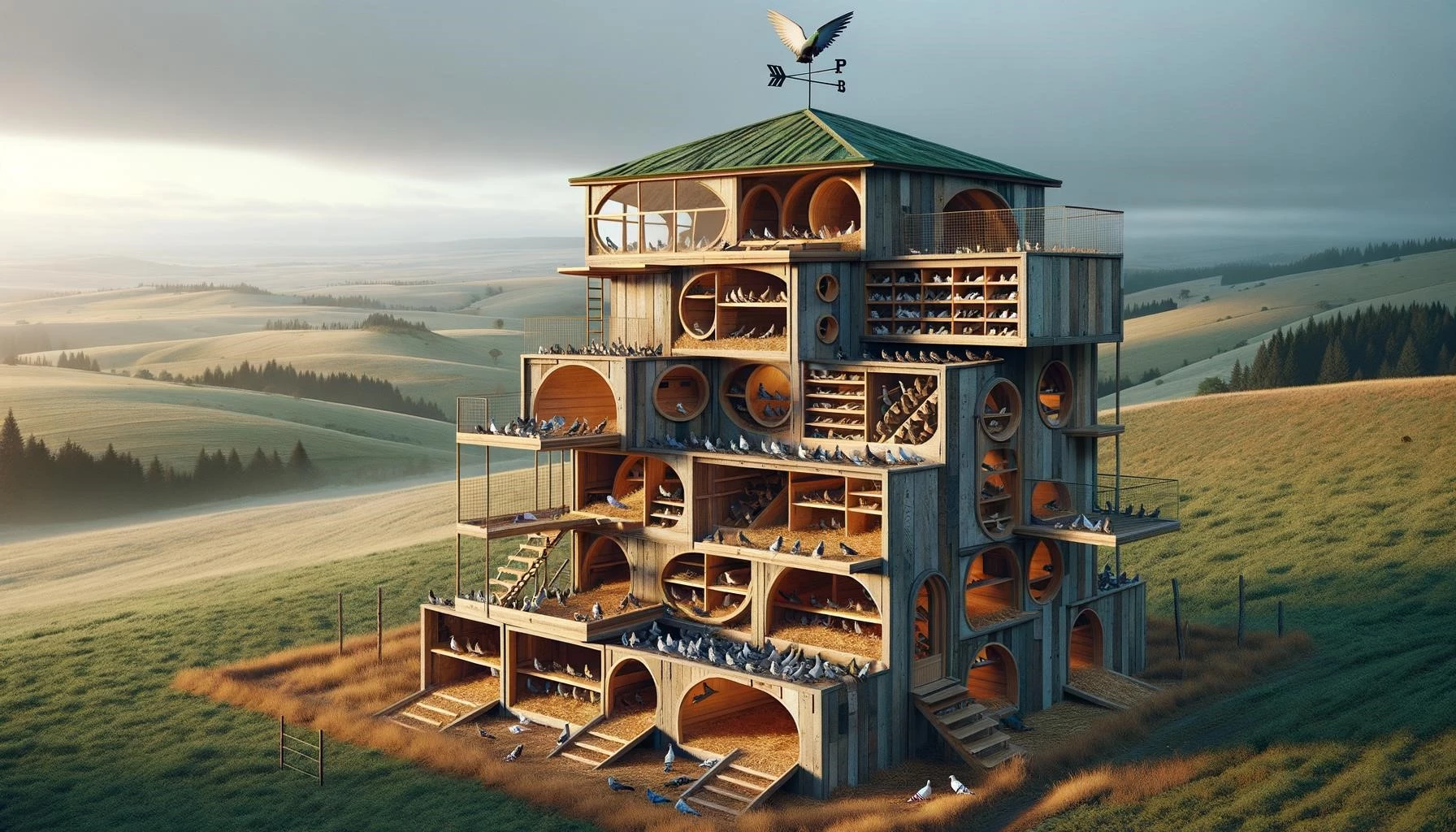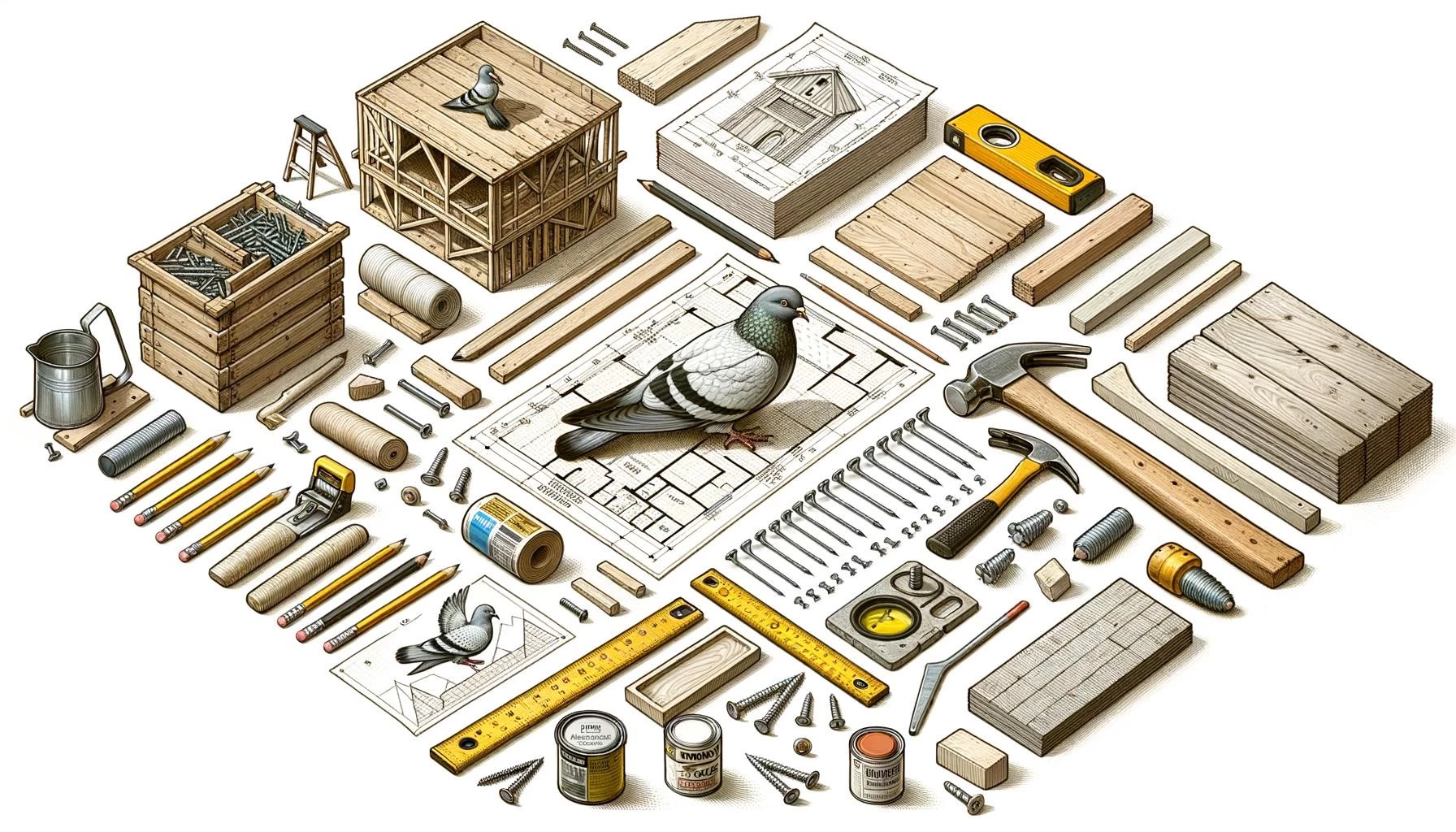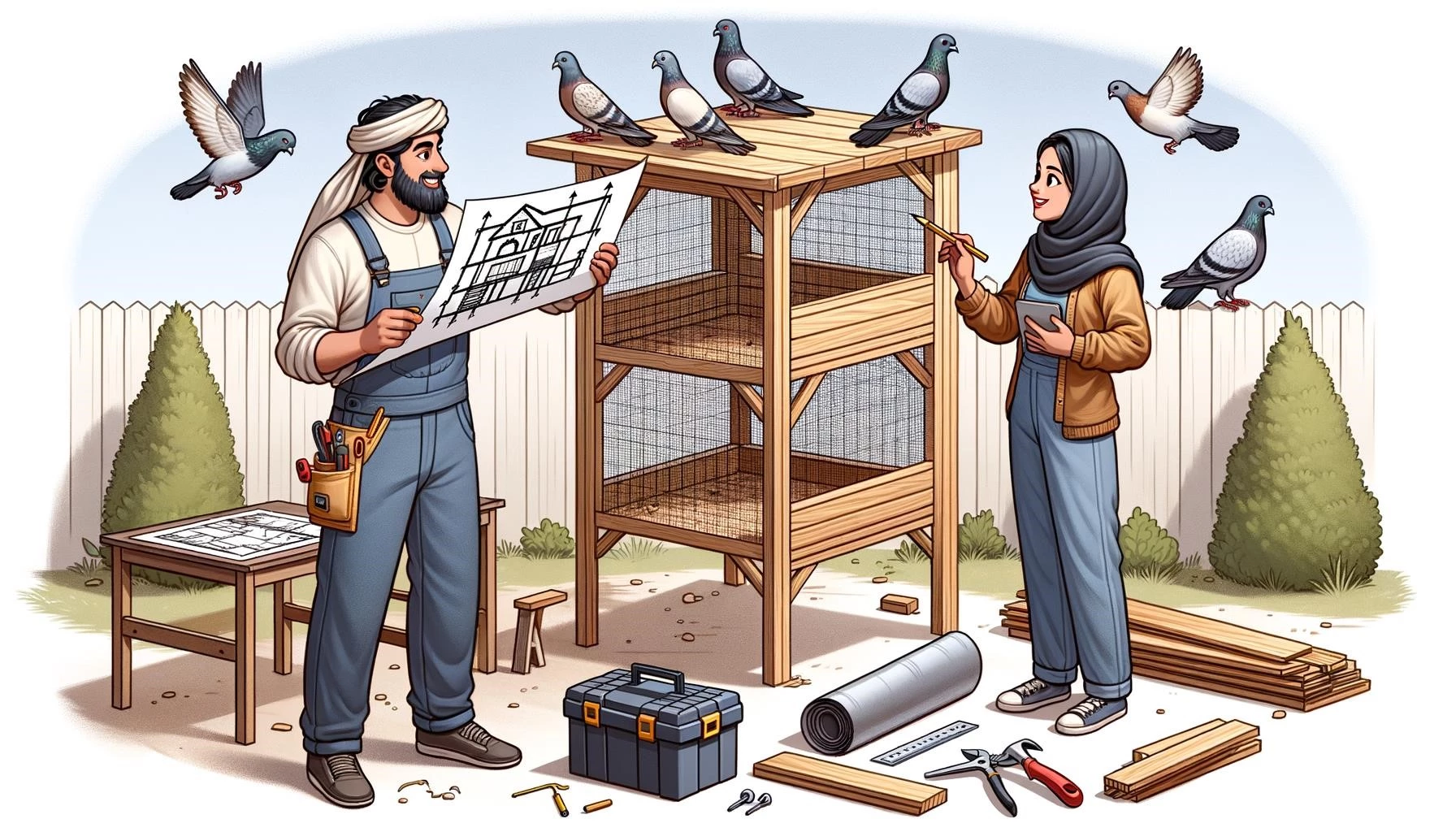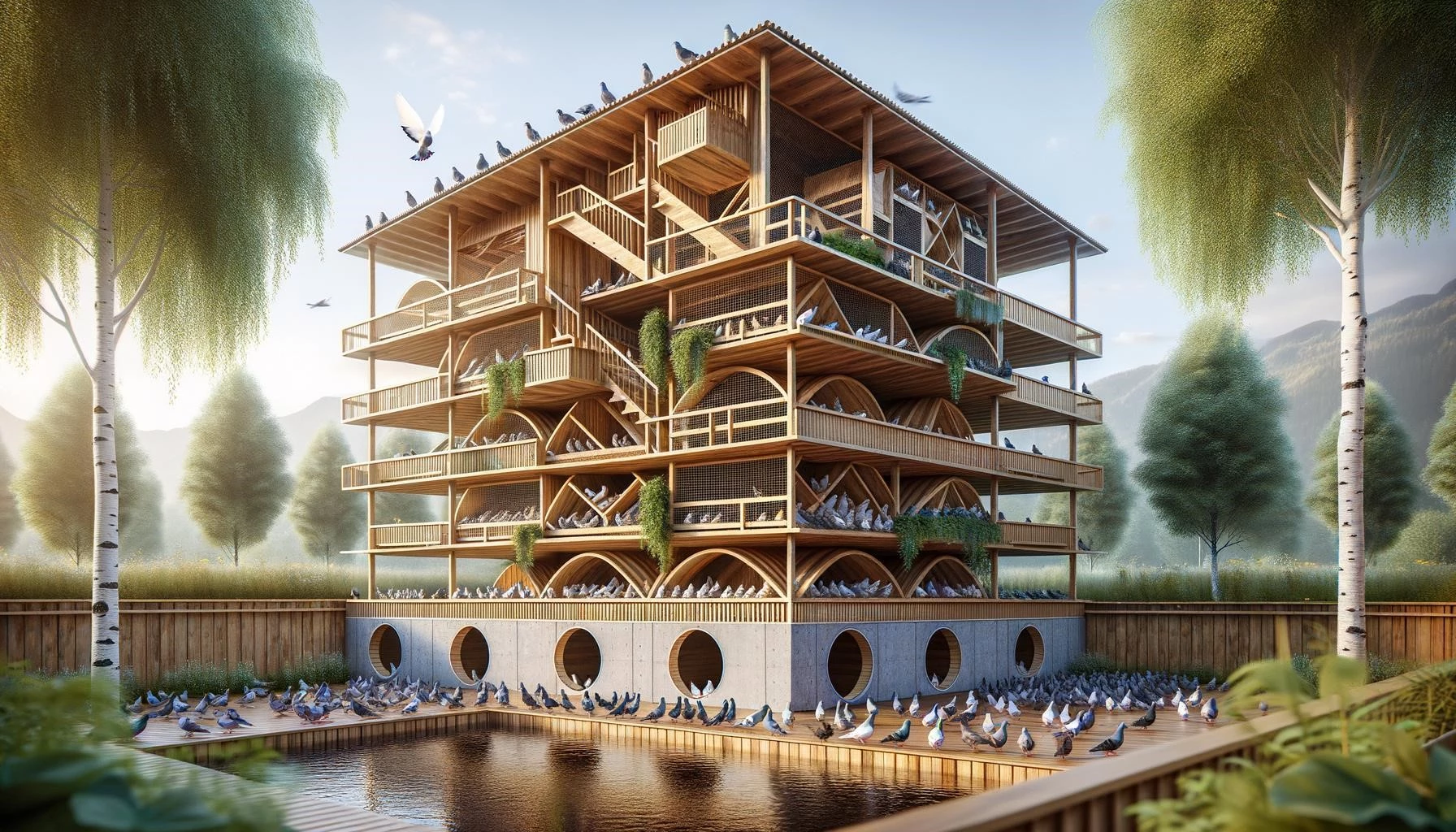Are you interested in getting started with pigeon keeping? Pigeons are fascinating birds that have been domesticated for centuries, and they have a variety of uses including racing, show, and as pets. Building a pigeon loft is one of the first steps in starting your journey as a beginner pigeon keeper. In this guide, we will explore the key considerations and steps involved in setting up a pigeon loft for beginners.
Key Takeaways
- A well-designed pigeon loft should provide ample air space for the birds and separate areas for breeders, young birds, and old birds.
- Proper ventilation, lighting, and cleanliness are important factors to consider in maintaining a healthy and comfortable environment for your pigeons.
- Researching and visiting other pigeon lofts can provide valuable insights and ideas for your own loft design.
The Size and Layout of the Pigeon Loft
The size of the pigeon loft is an important factor to consider. It should provide enough air space for the birds to move around comfortably. As a general rule, allow for about eight to ten cubic feet of air space per bird. This will ensure that the loft is not overcrowded and that each bird has enough room to perch and fly.
When designing the layout of the loft, it is recommended to have separate partitions for different groups of birds. This includes dedicated areas for breeders, young birds, and old birds. Keeping these groups separate helps to manage breeding, training, and racing effectively.
Having a loft with multiple partitions also makes it easier to maintain cleanliness. Pigeons produce droppings, and a well-structured loft will have a system in place to collect and dispose of these droppings. Consider incorporating slatted floors or removable trays for easy cleaning.
Ventilation, Lighting, and Comfort
Proper ventilation is crucial in a pigeon loft to ensure good air circulation and prevent the buildup of harmful fumes, such as ammonia from droppings. Provide windows, vents, or exhaust fans that can be opened or closed as needed to regulate airflow.
Lighting is another important consideration in your pigeon loft. Pigeons need exposure to natural light for their well-being and to maintain their biological rhythms. Design the loft with windows or skylights to allow natural light in, or use artificial lighting to simulate daylight if necessary.
To aid in your own comfort and ease of maintenance, consider the height of the loft. The ceiling should be high enough for you to stand erect, allowing for convenient access to all areas of the loft. This will make tasks such as cleaning, feeding, and handling the birds much more comfortable for you.
Research and Learning from Others
As a beginner, it is always beneficial to gather knowledge and learn from experienced pigeon keepers. Research different loft designs and visit other pigeon lofts in your area, if possible. This will give you valuable insights into practical setups, materials used, and innovative ideas that can be adapted to your own loft.
Consider joining local pigeon clubs or online forums where you can connect with experienced enthusiasts who can provide guidance and support as you start your journey in pigeon keeping. They can share their experiences, offer advice on loft design and construction, and provide valuable tips on caring for pigeons.
Remember, building a pigeon loft is just the first step in your journey as a pigeon keeper. It’s important to continuously educate yourself about pigeon care, training, and racing to ensure the health, happiness, and success of your birds.




